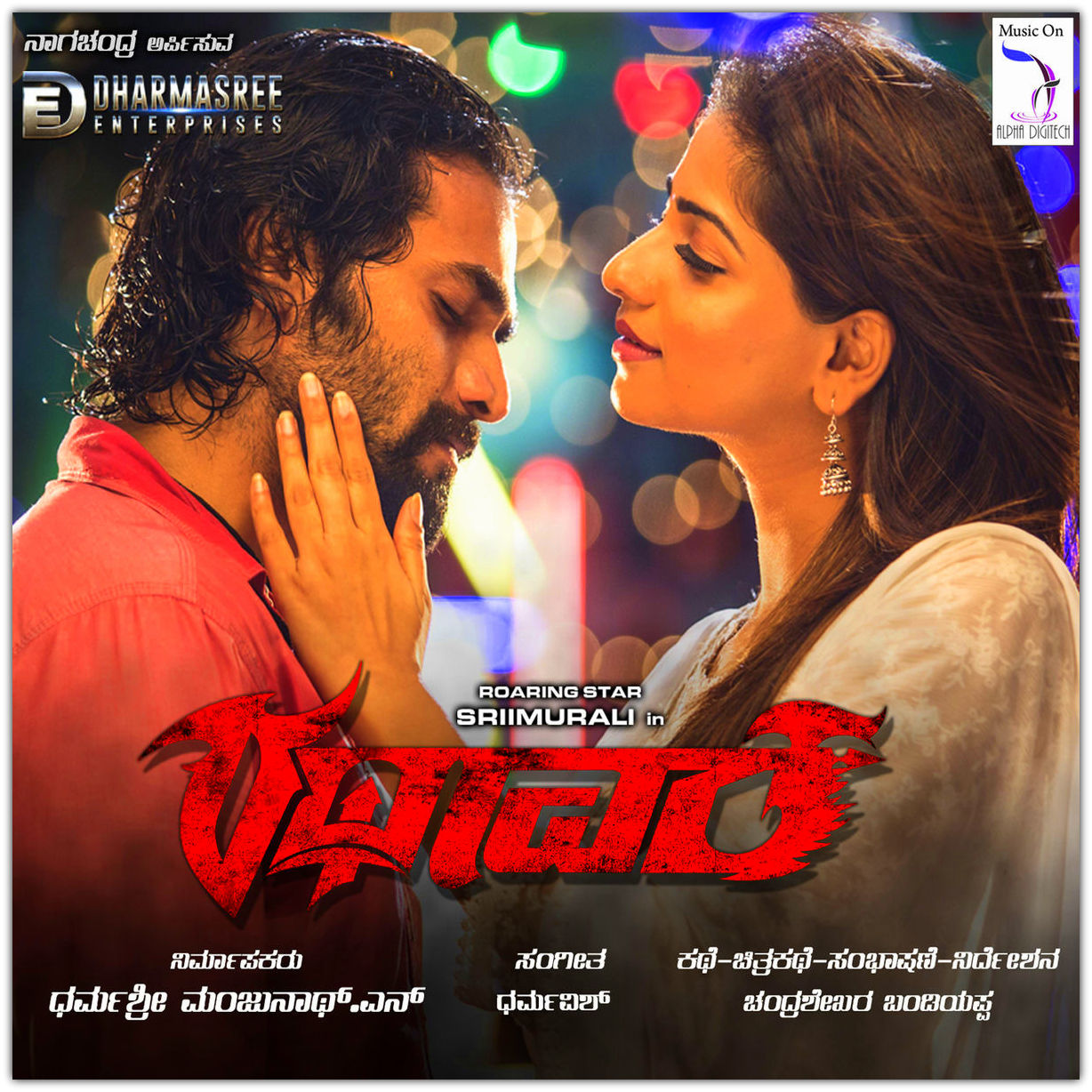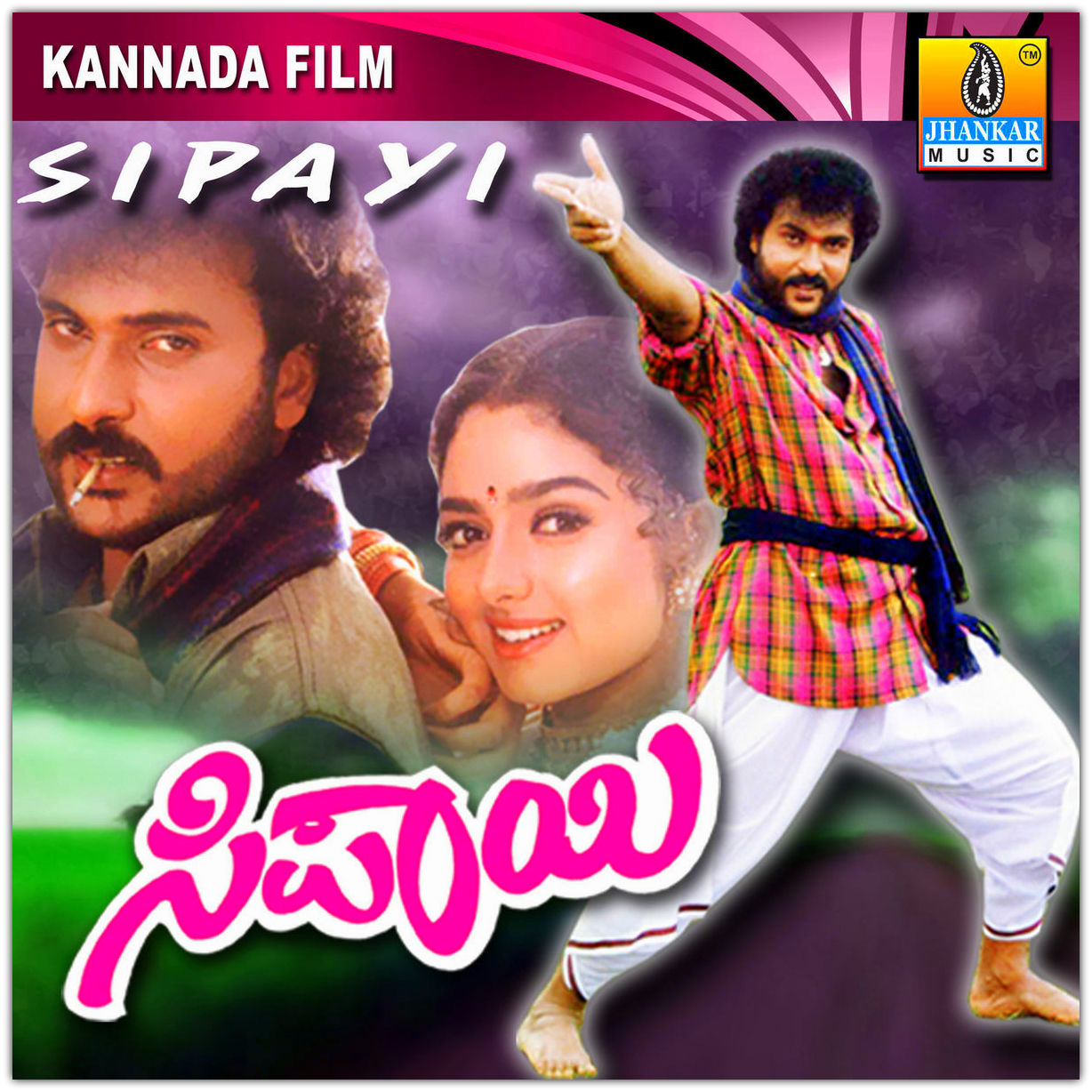Kannada is not just a language; it is a vibrant cultural tapestry woven through centuries of history, literature, and tradition. Originating from the southern part of India, Kannada boasts a rich heritage that reflects the lives and experiences of its speakers. In this article, we will dive deep into the essence of Kannada, exploring its linguistic features, cultural significance, and the enduring legacy it holds in the modern world.
The Kannada language is one of the oldest Dravidian languages, with a history that dates back over a thousand years. It is the official language of the Indian state of Karnataka and is spoken by millions of people across the globe. As we journey through this article, we will uncover the intricacies of Kannada literature, its historical evolution, and the vibrant traditions that accompany it, all while emphasizing the importance of preserving this beautiful language for future generations.
In addition to its linguistic elements, Kannada encompasses a vast array of cultural practices, art forms, and festivals that showcase the diversity and richness of Karnataka's heritage. From classical dance forms to traditional music, Kannada culture is a celebration of creativity and expression. Join us as we explore these facets and understand why Kannada holds a special place in the hearts of its speakers and admirers alike.
Table of Contents
- History of Kannada Language
- Linguistic Features of Kannada
- Cultural Significance of Kannada
- Kannada Literature: A Glimpse
- Traditional Art Forms
- Festivals Celebrated in Karnataka
- Modern Relevance of Kannada
- Efforts to Preserve Kannada
History of Kannada Language
The history of Kannada can be traced back to the 3rd century BCE, with inscriptions found in the Ashoka edicts. These early forms of Kannada show a gradual evolution influenced by various dynasties that ruled over Karnataka. Notably, the Western Ganga Dynasty and the Rashtrakuta Empire played pivotal roles in the development of Kannada literature and grammar.
During the 10th to 13th centuries, Kannada literature flourished under the patronage of the Hoysala Empire, leading to a golden age of literary works. Prominent poets such as Pampa, Ranna, and Kumaravyasa emerged during this period, contributing to the richness of Kannada literature. Their works showcased not only the beauty of the language but also its philosophical and ethical dimensions.
Early Inscriptions and Literature
- Inscriptions from the Ashoka edicts (3rd century BCE)
- Development during the Western Ganga Dynasty
- Golden age under the Hoysala Empire (10th to 13th centuries)
Linguistic Features of Kannada
Kannada is a Dravidian language that exhibits a unique phonetic structure and grammar. The language consists of 49 letters in its alphabet, including vowels and consonants, which allows for a rich variety of sounds. One of the fascinating aspects of Kannada is its agglutinative nature, where suffixes are added to root words to change their meaning and grammatical function.
Furthermore, Kannada has a distinct system of verb conjugation, which reflects the subject, tense, and mood. This complexity adds depth to the language and enables speakers to convey nuanced meanings. It is also worth noting that Kannada has borrowed words from other languages, including Sanskrit, Tamil, and English, enriching its vocabulary.
Phonetics and Grammar
- 49 letters in the Kannada alphabet
- Agglutinative nature of the language
- Complex verb conjugation system
Cultural Significance of Kannada
The Kannada language is deeply intertwined with the culture of Karnataka. It serves as a medium for oral traditions, folk songs, and storytelling. The language is not only a means of communication but also a vehicle for expressing cultural identities and values.
Karnataka is known for its diverse cultural practices, and Kannada plays a central role in these expressions. The language is used in various forms of art, including theater, dance, and music, showcasing its versatility and importance in cultural preservation.
Kannada Literature: A Glimpse
Kannada literature is a treasure trove of poetry, prose, and drama that reflects the philosophical depth and emotional richness of the language. From ancient texts to contemporary works, Kannada literature has evolved significantly over the centuries.
Key Literary Figures
- Pampa: Known as the "Adikavi" or first poet of Kannada
- Ranna: Renowned for his epic poem "Ajitha Purana"
- Kumaravyasa: Famous for his "Karnataka Bharata"
Traditional Art Forms
Karnataka is home to a plethora of traditional art forms that celebrate the richness of Kannada culture. These art forms include classical dance, music, and visual arts that have been passed down through generations.
Classical Dance Forms
- Yakshagana: A traditional theater form combining dance and music
- Bharatanatyam: A classical dance form with roots in temple rituals
Festivals Celebrated in Karnataka
Karnataka celebrates a variety of festivals that highlight the cultural diversity of the state. These festivals often involve traditional ceremonies, music, dance, and feasting, and are an integral part of Kannada culture.
Popular Festivals
- Karaga: A festival honoring the goddess Durga
- Ugadi: The Kannada New Year celebration
Modern Relevance of Kannada
In today's globalized world, Kannada continues to thrive as a language of expression and identity. With the advent of technology and digital media, Kannada content is increasingly available online, reaching a wider audience.
Social media platforms and streaming services have provided a new avenue for Kannada speakers to share their culture and language, fostering a sense of community among speakers worldwide.
Efforts to Preserve Kannada
Preserving the Kannada language and culture is essential for maintaining its legacy. Various organizations and individuals are dedicated to promoting Kannada through education, literature, and cultural activities.
Government initiatives, such as the establishment of Kannada Sahitya Akademi, play a significant role in supporting Kannada literature and arts. Furthermore, community-driven efforts to promote Kannada in schools and universities help ensure the language's survival for future generations.
Conclusion
In conclusion, Kannada is more than just a language; it is a vibrant cultural identity that has evolved over centuries. Its historical significance, linguistic richness, and cultural practices make it a valuable asset to the heritage of Karnataka and India as a whole. As we strive to preserve and promote Kannada, it is crucial for speakers and enthusiasts alike to engage with the language and its culture actively.
We invite you to share your thoughts in the comments below, explore more about Kannada culture, or delve into other articles on our site that celebrate the richness of languages and traditions around the world.
Closing Thoughts
Thank you for joining us on this journey through the world of Kannada. We hope this article has inspired you to learn more about this beautiful language and its cultural significance. We look forward to welcoming you back for more enriching content!
You Might Also Like
Royal Baby Number 4 Due Date: What To ExpectDoes Joey Votto Have Kids? A Deep Dive Into The Life Of The MLB Star
Jeff Lazkani Salary: A Deep Dive Into His Earnings And Financial Success
Exploring Mary Chapin Carpenter's Relationships: A Deep Dive Into Her Life And Music
Denver Pyle: The Life And Legacy Of An Iconic Character Actor
Article Recommendations
- Enma Stone Husband
- Donald Trump Vs Kamala Harris Who Is Winning
- Mark Scheifele Wife Name
- Beth Behrs
- Why Did Von Go To Jail
- Is Luke Combs A Democrat
- Loc>
- How Old Is Jey Uso
- The Marvelous Mrs Maisel Cast
- Alex Karev Greys Anatomy


